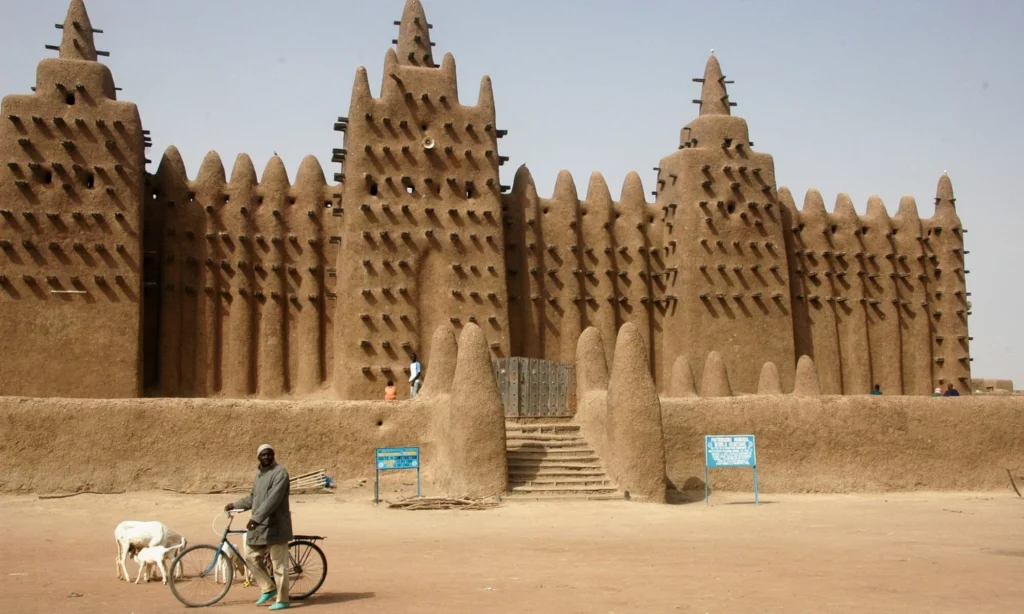The ancient Persians were Indo-Iranian people who came to Iran around 2000 BC, possibly from the Caucasus or Central Asia. They had developed a cooling system that utilized ice from the winter which allowed them to preserve what they had throughout the hot desert climate. What were these buildings called and when were they built?
Persians built Yakhchal in 400 BC. These ancient refrigerators were able to keep ice solid even through the extremely hot summers. Once water is stored inside a Yakhchal, it is able to freeze them into ice due to the extremely low temperatures.
What is a Yakhchal?
The ancient Persians were Indo-Iranian people who came to Iran around 2000 BC, possibly from the Caucasus or Central Asia. They had developed a cooling system that utilized ice from the winter which allowed them to preserve what they had throughout the hot desert climate. What were these buildings called and when were they built?
Persians built Yakhchal in 400 BC. These ancient refrigerators were able to keep ice solid even through the extremely hot summers. Once water is stored inside a Yakhchal, it is able to freeze them into ice due to the extremely low temperatures.
The Yakhchal or Ancient Refrigerators
Persian engineers had mastered the technology of storing ice in the desert in the heat of summer by 400 BC. During the winter, large volumes of ice were carried in from adjacent mountains and kept in a Yakhchal, or ice pit. In Iran’s hot, desert climate, these ancient freezers were primarily used to store ice for usage in the summer and food storage. Ice was also utilized to cool royal delights on hot summer days and prepare faloodeh, a typical Persian frozen delicacy.
Above ground, the construction is dominated by a massive mud-brick dome that can reach 60 feet. Large underground rooms, up to 5000m³, with deep storage space are available below. The area frequently had access to a Qanat, or wind capture, and frequently had a system of windcatchers that could quickly lower temperatures inside the space down to freezing degrees on hot summer days.
The Yakhchal have thick mud-brick walls that are up to two meters thick at the base, made out of a special mortar called srooj that was composed of sand, clay, egg whites, lime, goat hair, and ash in specific proportions. These materials were resistant to heat transfer and were thought to be completely water impenetrable.
The huge insulation and the constant cooling waters that spiral down its side keeps the ice stored there in the winter frozen throughout summer. The bottom of these ice houses, which have been utilized in desert communities since antiquity, has a trench to catch any water that melts from the ice and allow it to refreeze during the cold desert nights. The ice is broken up and relocated to underground caverns. The process is repeated as more water flows into the trench.
The twin ice pits in Sirjan, Kerman Province, are enclosed by high walls built 108 years ago with mud-brick. (Source: Earth Architecture)
The Invention of the Early Refrigerators
William Cullen exhibited the earliest known artificial type of refrigeration at the University of Glasgow in 1748. Cullen’s innovative design, albeit brilliant, was never put to use. Oliver Evans, an American inventor, drew up the first refrigeration machine blueprint in 1805. Jacob Perkins, however, did not build the first functional refrigeration machine until 1834. A vapor compression cycle in the refrigerator produced chilly temperatures.
A refrigerator based on Oliver Evans’ concept was created ten years later by an American physician called John Gorrie. Gorrie employed the machine to keep his yellow fever patients cold. Carl von Linden, a German engineer, developed the procedure of liquefying gas in 1876, which has since become a standard in refrigeration.
African-American inventors Thomas Elkins and John Standard later developed improved refrigerator designs. (Source: Thought Co)
Today’s Modern Refrigerator
Toxic gases like ammonia, methyl chloride, and sulfur dioxide were employed as refrigerants in refrigerators from the late 1800s until 1929. In the 1920s, methyl chloride spilling from refrigerators resulted in several deadly mishaps. In response, three American corporations collaborated to develop a less hazardous refrigeration system, which led to the development of Freon. Compressor refrigerators with Freon would become the standard for practically all residential kitchens in just a few years. People would only discover decades later that these chlorofluorocarbons imperil the entire planet’s ozone layer.
Compressor refrigerators remained the most common in 2018, despite efforts in some countries to phase out the usage of chlorofluorocarbons. Alternative refrigerants, like HFO-1234yf, are currently used in some machines, which are less damaging to the environment. Refrigerators that run on solar, magnetic, or sonic energy are also available. (Source: Thought Co)
